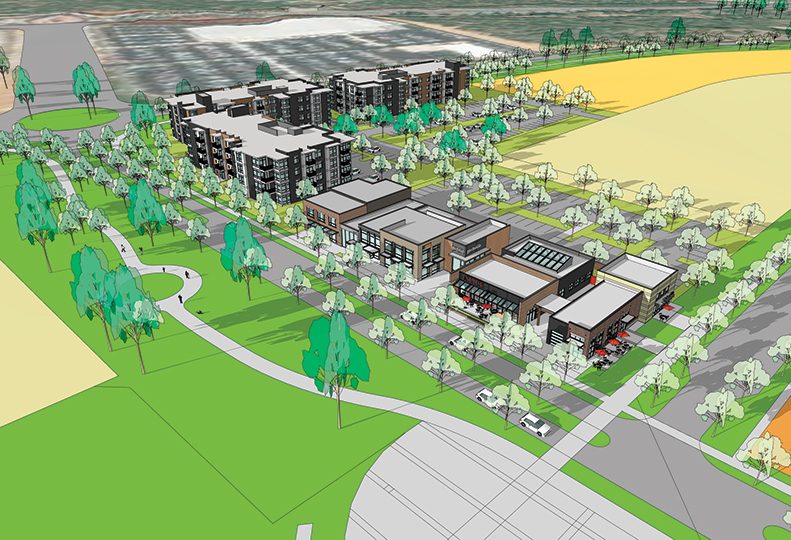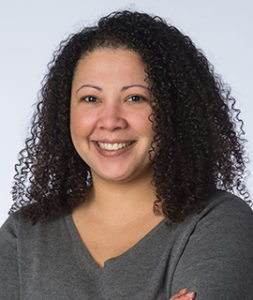
Home » Greenstone to start work on first homes at Mead Works this fall
Greenstone to start work on first homes at Mead Works this fall
Infrastructure work is scheduled to be completed next month

July 18, 2024
In north Spokane County, Liberty Lake-based Greenstone Corp. expects to begin a 50-lot first phase of residential development in October at the 400-acre Mead Works mixed-use property, says Greenstone CEO Jim Frank.
"We're going to begin construction of the houses this fall," Frank says. "There will be some occupancy in the early summer 2025."
Mead Works is a neighborhood development located east of the Costco Wholesale Corp. store at 12020 N. Newport Highway, in Mead, and north of the long-defunct Kaiser Aluminum Corp. smelter site.
The development will have a mix of housing options, including single-family homes, cottage homes, townhomes, multifamily units, and residential units over retail space.
About 20 of the 50 lots in the first phase of construction will be smaller cottage homes that range in size from about 1,000 square feet for a two-bedroom home, up to 1,300 square feet for a three-bedroom residence.
A park also will be developed as part of the first phase, Frank adds.
The smaller homes are a popular housing option for young families, single people, and empty nesters who want to downsize, he says.
"We're trying to have an economically diverse neighborhood. We want an opportunity for a wide range of demographics to be able to live in the neighborhood," says Frank.
Residential development will begin after infrastructure at the site is completed this summer.
The scope of the infrastructure development includes the installation of sewer and water systems, arterial landscaping, and a bicycle path, which likely will wrap up by the end of August, he says.
"We've almost finished major infrastructure work on Mellon Parkway, which is the main arterial that will run from Farwell (Road) through Hawthorne (Road)," says Frank.
Meanwhile, design work for the next phase of the project is underway, which will add townhome-style units and a town center featuring neighborhood-based retail services on about 5 acres of the site.
Mead Works will be developed over 20 years, and cost about $1 billion to complete, as previously reported in the Journal. Once the site is fully developed, the neighborhood will have 1,400 residential living units and 1 million square feet of commercial space.
"We're trying to create neighborhoods that have a strong social fabric in them—that have not only good pedestrian infrastructure, but also places where people can walk to. That kind of dense suburban neighborhood where there's services, walkability, and mixed uses is very attractive to people these days."
Latest News Special Report Real Estate & Construction
Related Articles
Related Products




![Brad head shot[1] web](https://www.spokanejournal.com/ext/resources/2025/03/10/thumb/Brad-Head-Shot[1]_web.jpg?1741642753)
